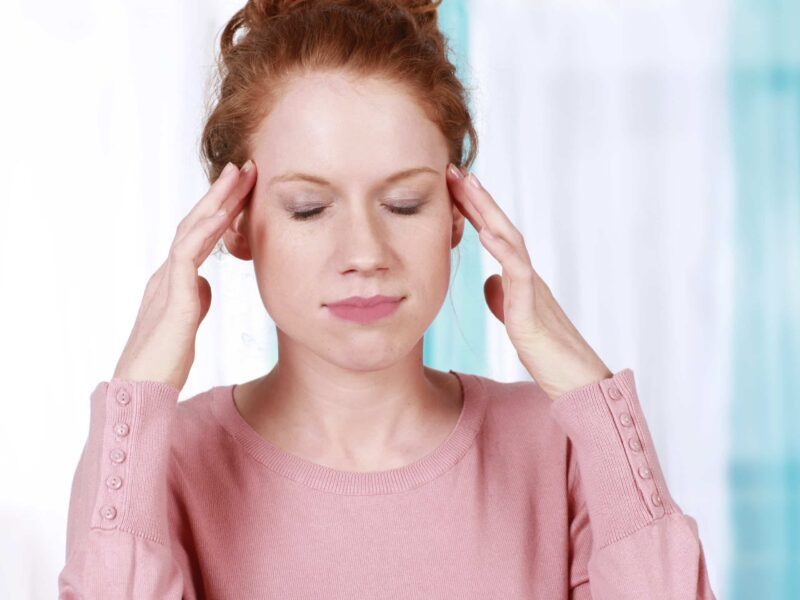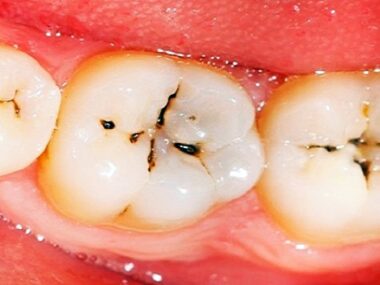Migraine is a complex neurological condition characterized by recurrent episodes of severe headaches, often accompanied by other symptoms such as nausea, vomiting, and sensitivity to light and sound.
While the exact cause of migraines remains unclear, research suggests that environmental factors, known as triggers, play a significant role in triggering migraine attacks.
Identifying and managing these triggers is crucial for individuals living with migraines to reduce the frequency and severity of their symptoms. In this essay, we will explore common migraine triggers, strategies for identification, and effective management approaches to minimize their impact on migraine sufferers.
Understanding Migraine Triggers

Migraine triggers are external or internal factors that can precipitate or exacerbate migraine attacks in susceptible individuals. Triggers can vary widely among individuals, and what triggers a migraine in one person may not affect another. Identifying personal migraine triggers is essential for each individual to effectively manage their condition.
Common Migraine Triggers
- Stress: Stress is a well-known trigger for many migraine sufferers. Emotional stress, as well as physical stressors such as lack of sleep or fatigue, can precipitate migraine attacks.
- Hormonal Changes: Fluctuations in hormone levels, particularly in women, can trigger migraines. Hormonal changes associated with menstruation, pregnancy, menopause, and hormonal contraceptives can all play a role in migraine onset.
- Dietary Factors: Certain foods and beverages are known to trigger migraines in susceptible individuals. Common dietary triggers include aged cheeses, chocolate, caffeine, alcohol (particularly red wine), processed meats, and foods containing monosodium glutamate (MSG) or artificial sweeteners.
- Environmental Factors: Environmental triggers such as bright lights, loud noises, strong odours (perfumes, smoke), and changes in weather or barometric pressure can provoke migraine attacks in some individuals.
- Sensory Stimuli: Sensory stimuli, including flickering lights, intense smells, and loud noises, can trigger migraines, particularly in individuals with heightened sensory sensitivity.
- Sleep Disturbances: Irregular sleep patterns, insufficient sleep, or changes in sleep routines can trigger migraines in some individuals. Both too much and too little sleep can be problematic for migraine sufferers.
- Physical Exertion: Intense physical activity or exertion, particularly if it leads to dehydration or exhaustion, can trigger migraines in susceptible individuals.
- Medications: Certain medications, including vasodilators, hormone replacement therapy, and some antidepressants, can trigger migraines as a side effect in some individuals.
Identification and Management of Migraine Triggers
Identifying individual migraine triggers is often a process of trial and error, requiring careful observation and documentation of migraine episodes and associated factors. Keeping a migraine diary, in which individuals record details about their headaches, including onset, duration, severity, associated symptoms, and potential triggers, can be invaluable in identifying patterns and triggers. Once triggers are identified, the next step is to implement strategies to manage or avoid them whenever possible. Here are some effective approaches for managing migraine triggers:
- Stress Management: Stress reduction techniques such as relaxation exercises, deep breathing, meditation, yoga, and mindfulness-based stress reduction can help reduce the impact of stress-related triggers.
- Lifestyle Modifications: Adopting healthy lifestyle habits such as maintaining regular sleep schedules, staying hydrated, eating balanced meals, and avoiding excessive caffeine and alcohol consumption can help reduce the frequency and severity of migraines.
- Dietary Changes: Identifying and avoiding specific dietary triggers can be beneficial for many migraine sufferers. Keeping a food diary and gradually eliminating potential triggers from the diet can help identify problem foods.
- Environmental Control: Minimizing exposure to known environmental triggers, such as bright lights, loud noises, and strong odours, can help prevent migraine attacks. Using sunglasses, earplugs, and air purifiers may be helpful for some individuals.
- Medication Management: For individuals with frequent or severe migraines, preventive medications may be prescribed to reduce the frequency and severity of attacks. Additionally, abortive medications, such as triptans or nonsteroidal anti-inflammatory drugs (NSAIDs), may be used to treat acute migraine episodes.
- Hormonal Management: For women whose migraines are triggered by hormonal fluctuations, hormone therapy or contraceptives may be recommended to help stabilize hormone levels and reduce migraine frequency.
- Regular Exercise: Engaging in regular physical activity can help reduce stress, improve sleep quality, and promote overall well-being, which may help reduce the frequency and severity of migraines for some individuals.
Conclusion
Migraine triggers play a significant role in precipitating migraine attacks in susceptible individuals. By identifying and managing these triggers, migraine sufferers can reduce the frequency and severity of their symptoms and improve their overall quality of life.
While identifying triggers may require time and effort, the benefits of effective trigger management are well worth the investment.
By adopting a comprehensive approach that incorporates stress management techniques, lifestyle modifications, medication management, and environmental control strategies, individuals with migraines can gain better control over their condition and experience fewer migraine attacks.










